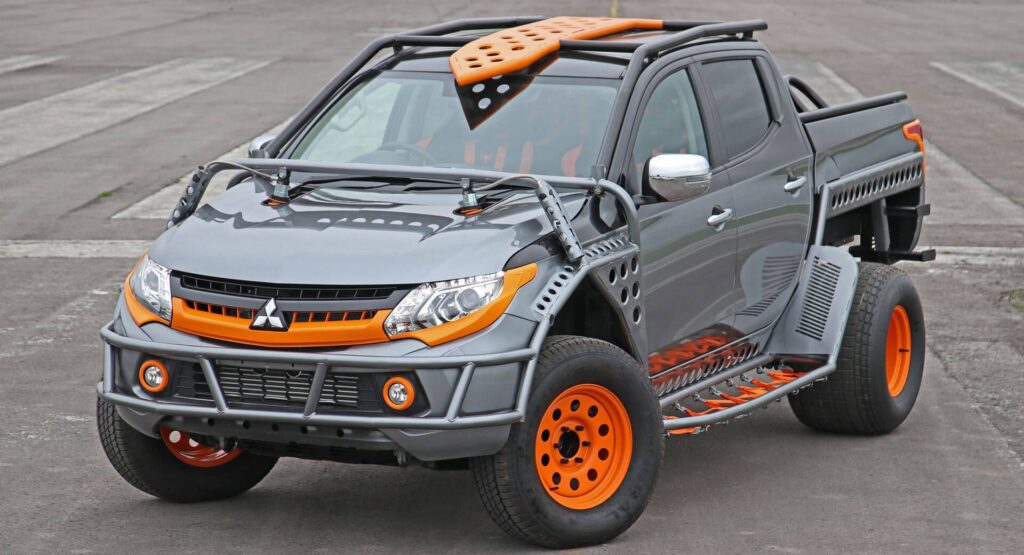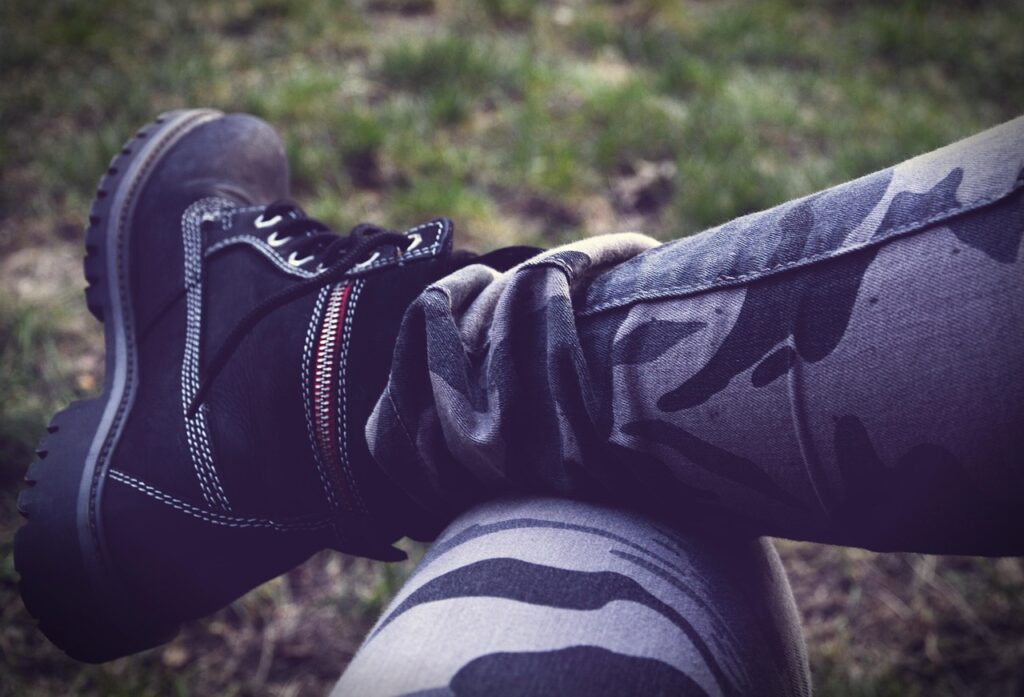If you are serious about style, your calendar is almost as important as your wardrobe. Knowing when the next pop-up, runway show or streetwear drop is happening can be the difference between leading a trend and missing out. That is where fashion event discovery apps are changing the game for shoppers, creators and brands alike.

What are fashion event discovery apps?
Fashion event discovery apps are mobile or web platforms that curate style-focused happenings near you. Instead of scrolling endlessly on social media, you can open one place and see runway shows, in-store activations, sample sales, styling workshops and local markets filtered by date, distance and category.
Many of these platforms pull data from ticketing sites, brand listings and social posts, then layer in maps, reminders and personal recommendations. The result is a live, visual diary of what is going on in your city, tailored to your taste and budget.
Why style fans are embracing fashion event discovery apps
For fashion fans, the main attraction is time. It is far quicker to scan curated listings than to chase rumours of launches and private sales. You can save events, set alerts and share plans with friends in a couple of taps, instead of forwarding screenshots from different platforms.
There is also the thrill of serendipity. These tools regularly surface smaller, independent events that would never reach a mainstream audience. That might be a designer trunk show in a hotel suite, a sustainable swap shop in a community hall or a late-night sneaker release at a single store. The more you browse and attend, the better the recommendations become.
How event discovery tools are reshaping fashion retail
From the brand side, fashion event discovery apps are helping retailers turn footfall into fandom. Shops can list their launches, styling sessions and collaborations in one place, then track interest in real time. Instead of relying purely on seasonal campaigns, they can build a rolling calendar of reasons to visit.
Pop-up culture has benefited in particular. Short-term spaces rely on fast awareness, and discovery apps give them an instant stage. Streetwear labels, vintage curators and upcycled designers can appear on the same map as global luxury houses, levelling the playing field for attention.
Planning outfits around events
For many people, choosing what to wear is half the fun of going out. With better visibility of what is coming up, you can plan outfits with purpose rather than panic. A rooftop fashion film screening calls for elevated casual, while a heritage brand trunk show might invite classic tailoring with a twist.
Some fashion event discovery apps now integrate with lookbook or wardrobe tools, letting you tag saved outfits to specific dates. Others feature dress codes and mood boards for each listing, making it easier to understand the vibe before you commit. This helps you buy more intentionally and rewear pieces in fresh ways.
Discovering local style communities
Beyond shopping, these platforms are quietly building local style communities. Repeatedly seeing the same venues, organisers and attendees helps you discover your city’s fashion tribes. Maybe you gravitate towards sustainable markets, niche trainer drops or avant-garde student shows. Over time, you start to recognise familiar faces, which makes attending solo feel less intimidating.
Many listings now include accessibility details, photography policies and social tags, so you know whether an event is content-friendly, family-friendly or more exclusive. This transparency encourages a wider range of people to get involved, not just industry insiders.
Where ticketing meets discovery
The most useful platforms combine browsing with booking. Instead of bouncing between apps, you can explore what is on, check availability and secure your spot in one flow. Some ticketing providers specialise in cultural and lifestyle experiences, making them a natural home for fashion listings too.
For example, if you want to find local events including fashion, music and culture, integrated discovery and booking keeps everything in one place. That streamlined experience matters when a limited-capacity launch or sample sale is likely to sell out quickly.


Fashion event discovery apps FAQs
Are fashion event discovery apps free to use?
Most fashion-focused discovery tools are free to browse, with revenue coming from ticket fees, promoted listings or partnerships. You usually only pay when you book a ticket or upgrade to a premium feature, such as early access or exclusive invitations.
How can smaller designers benefit from listing their events?
Independent designers can use event discovery platforms to reach audiences beyond their existing followers. By listing launch parties, pop-ups or studio sales, they appear alongside bigger brands on maps and calendars, helping them attract new customers and gather feedback in person.
What should I check before attending an event I found through an app?
Before you go, confirm the date, time and venue, as last-minute changes can happen. Check whether tickets are required, if there is a dress code, and whether photography is allowed. It is also worth reviewing accessibility details and transport options so you can arrive relaxed and ready to enjoy the experience.












